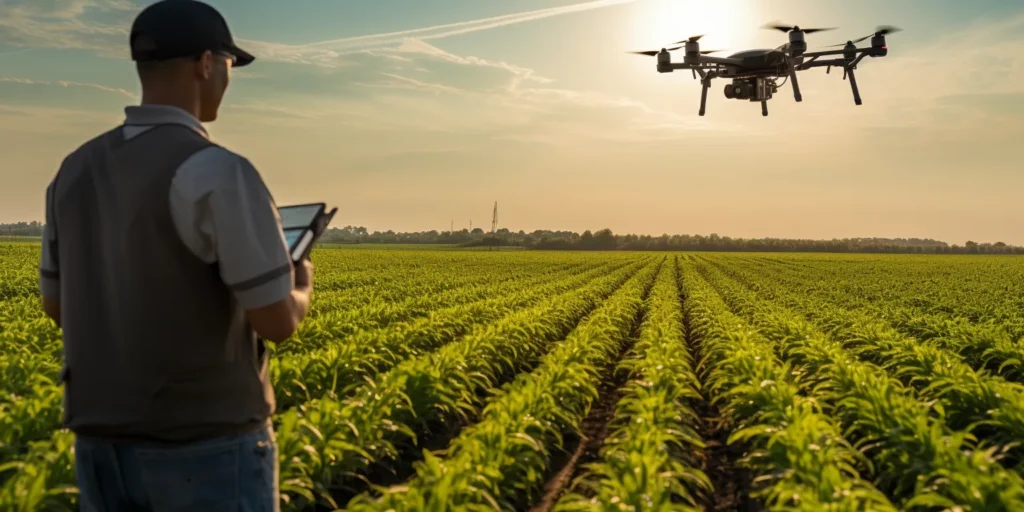In the fast-paced world of farming, Agricultural Technology (AgTech) has become increasingly important in recent years as the world’s population continues to grow. According to research, the world’s population has been steadily increasing, and by 2050, the demand for food will rise by 70% to 100%. AgTech’s innovative solutions will play a critical role in meeting the growing food demands and improving agricultural practices to enhance farm productivity, efficiency, and sustainability.
In this article, we will explore several advanced agricultural innovations including precision agriculture, smart farming, biotechnology, and more. We’ll also examine applications revolutionizing the industry such as farm management software, supply chain management, and soil & crop monitoring to understand their practical importance for agronomists and farmers. Join us as we delve into the world of AgTech and its transformative impact on farming.
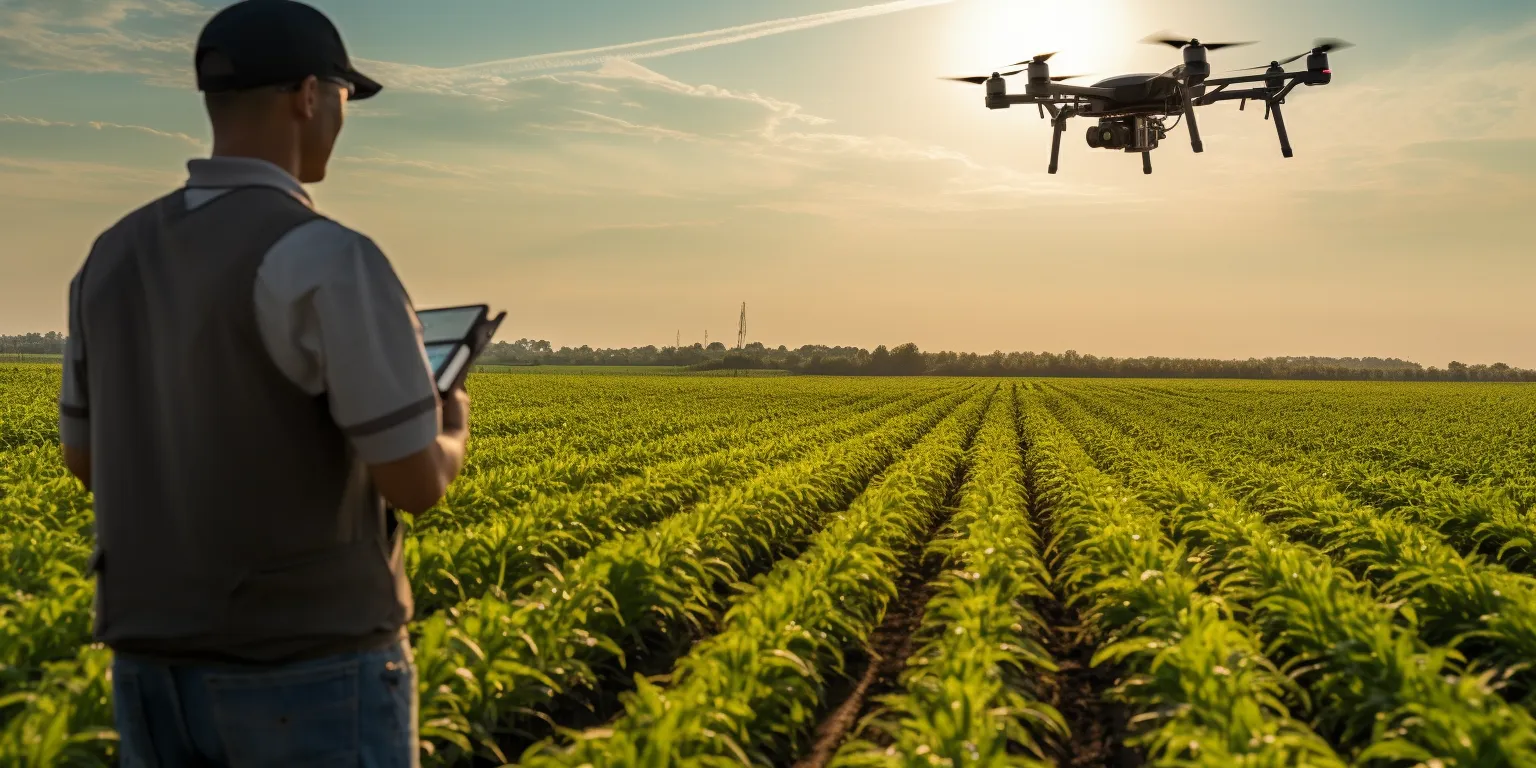
Unveiling Types of Agricultural Technologies
AgTech solutions have significantly impacted the agricultural industry, enhancing efficiency, productivity, and sustainability. Here are various types of AgTech are being implemented in the agricultural sector today:
Precision Agriculture
Precision agriculture utilizes Information Technology (IT) to ensure optimal growth conditions for crops and soil, while emphasizing sustainability, profitability, and environmental safety. It is a farming management concept that involves keen observation, measurement, and response to intra- and inter-field variability in crops.
Precision farming, a type of modern farming, employs advanced technology to maximize crop yields and minimize waste in food production. It has gained enormous popularity in the agriculture industry by enabling the collection and analysis of real-time data on soil fertility, weather patterns, and nutritional content. This data allows farmers to make informed decisions about irrigation and farming practices.
In standard conditions, specialized sensors installed in the field collect data on soil nutritional content, surrounding temperature, and humidity levels. In more advanced states, robotic drones and satellites provide real-time information on individual plants.
Examples of Precision Agriculture Technologies and Solutions:
-
- Remote Sensing: Drones and satellites collect real-time data from farm fields, allowing farmers and agronomists to make informed decisions regarding fertilization and irrigation.
- Variable Rate Technology: GPS and sensors are installed to adjust the application of fertilizers according to the soil’s nutritional content and other factors.
- Automated Irrigation: Sensors detect soil moisture levels and automatically adjust irrigation levels.
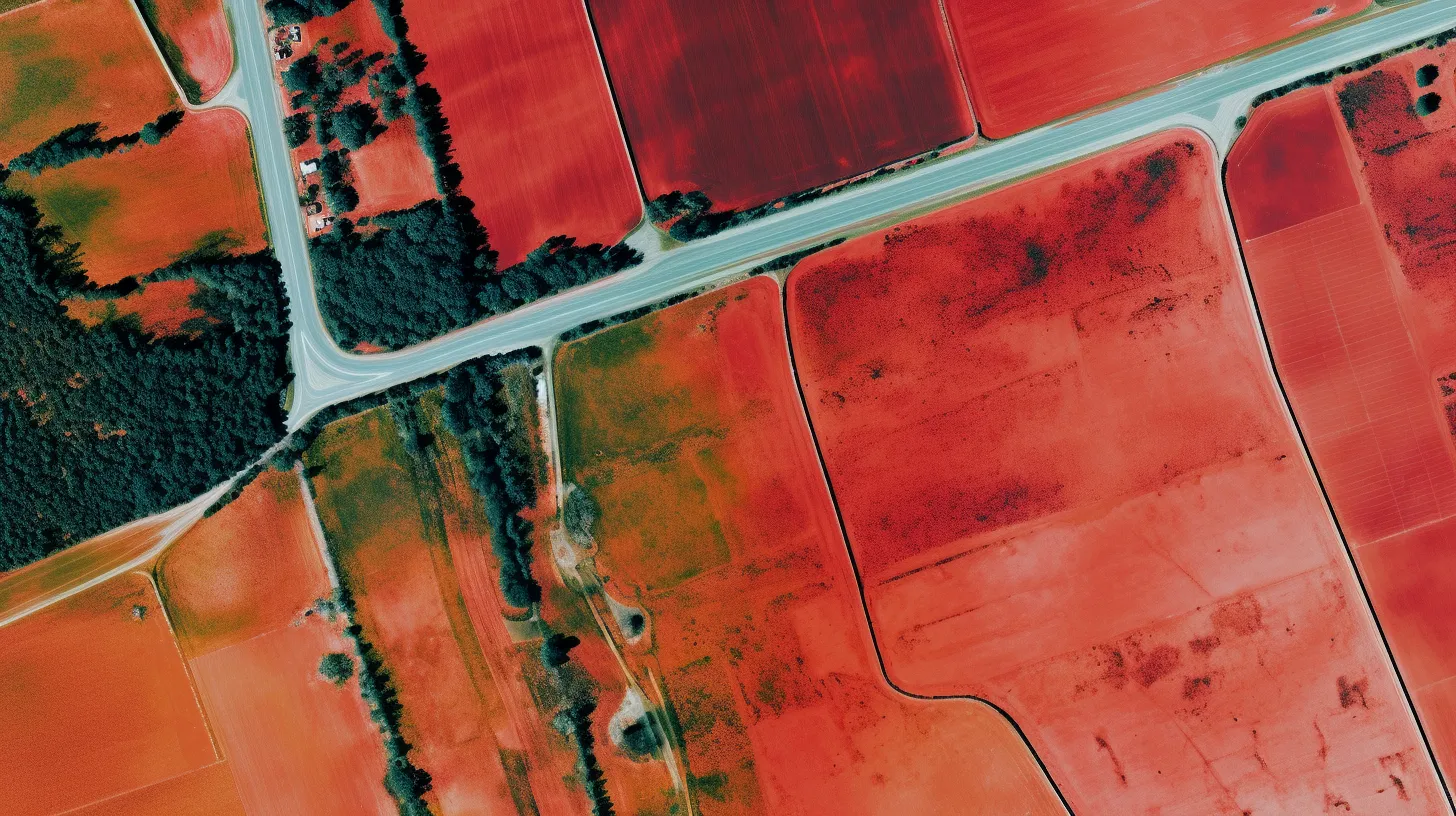
Smart Farming
Smart Farming, one of the most innovative agricultural technologies, has gained immense popularity in the farming and food industry. Farmers now have access to accurate data on soil conditions, crop growth, and weather patterns that affect soil health, thanks to drones, sensors, satellites, and other advanced technologies. This real-time data helps us understand soil biology, crop yield, and overall farm productivity.
How does Smart Farming work?
Smart Farming involves several steps, including observation, diagnostics, decisions, and action. During the observation phase, sensor technology detects real-time data on livestock management, soil health, atmospheric conditions, and crop growth. These data points are then transferred to a cloud-hosted IoT platform with specific business logic. Machine learning-driven components of IoT use this information to determine specific treatments to improve crop health.
By leveraging Smart Farming technologies, farmers can modify their conventional farming processes, monitor crop health in real-time, and implement the best possible agricultural solutions.
Examples of Smart Farming Technologies:
-
- Autonomous Tractors: These self-driven tractors allow farmers to plant and harvest crops, remarkably reducing labor costs due to their advanced integrated systems and processors.
- Drone Technology: Drone cameras provide farmers with access to data from farms even when they are away, helping them make informed decisions regarding fertilization and irrigation.
- Smart Sensors: In addition to conventional laboratory soil testing and analysis methods, smart sensors monitor soil moisture levels, crop growth, and other farming practices.
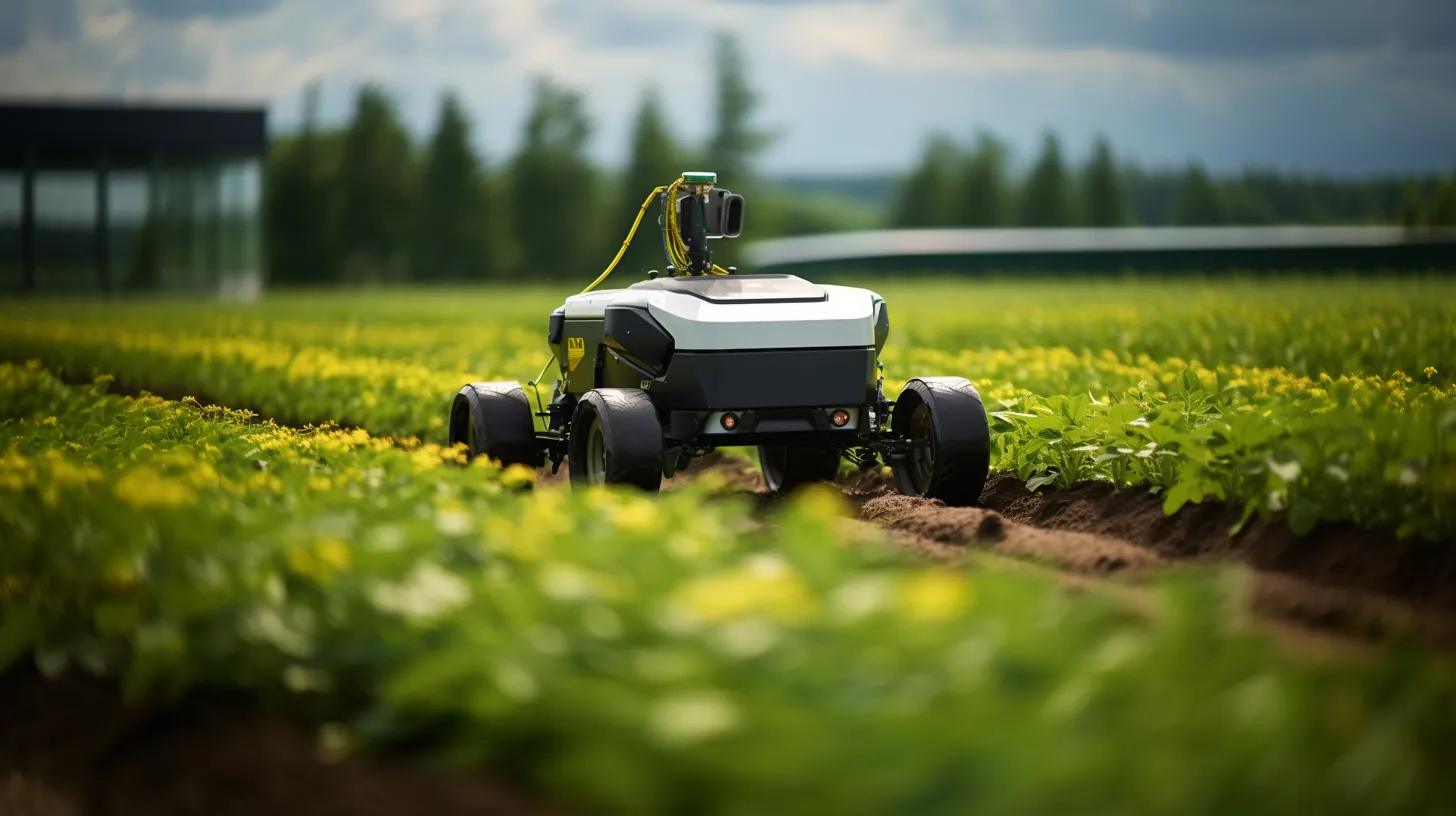
Robotics and Autonomous Systems
Robotics and Autonomous Systems have emerged as one of the most remarkable innovations in agriculture technology (AgTech). In developed countries, agricultural robots are used to automate tasks such as planting, harvesting, and weed control, reducing labor costs and enhancing efficiency.
How do Agricultural Robotics and Autonomous Systems work?
Robots equipped with specialized software assist farmers in inspecting, planting, and harvesting crops, as well as collecting data from outdoor and indoor farming fields. The integrated sensor system in these agricultural robots enables them to perform various farming tasks, including bi-manual harvesting operations.
Examples of Robotics and Autonomous Systems in Agriculture Technology:
-
- Automated Harvesters: Advanced robotics plays an essential role in automating crop harvesting tasks, reducing the need for manual labor.
- Autonomous Weed Control: Agricultural robotics aid in identifying and removing weeds, reducing the need for herbicides and manual labor, and creating a weed-controlled environment in sustainable farming practices.
- Robotic Milking: Technological advancements in AgTech have led to the use of robots for milking cows and other animal husbandry activities, significantly reducing labor costs for farmers.
Biotechnology
Biotechnology is an important area of AgTech that has significantly impacted agricultural companies and the industry as a whole. Biotechnology focuses on the development of new crop varieties that are highly nutritional, pest- and disease-resistant by utilizing living organisms and the concept of agricultural genomics. It integrates the concept of Agriculture Next-Generation Sequencing (NGS) with plant growth to modify a plant’s genome and produce better quality crops and food.
Examples of Biotechnology Solutions in Agriculture:
-
- Genetically Modified Crops: Agricultural biotechnology employs genetic engineering techniques to modify sequences in plants’ genomes, resulting in the development of species that are resistant to pests and diseases.
- Next-Gen Crop & Soil Testing: Leveraging RhizeBio’s cutting-edge technology, farmers can conduct in-depth DNA assessments of their soil and crops, gaining insights into optimal farm management practices and tailoring their approach based on data-driven recommendations.
- Biofortification: Through biofortification, farmers can enhance the nutritional content of their crops by adding additional nutrients and vitamins, thereby improving plant health and the soil’s nutritional content.
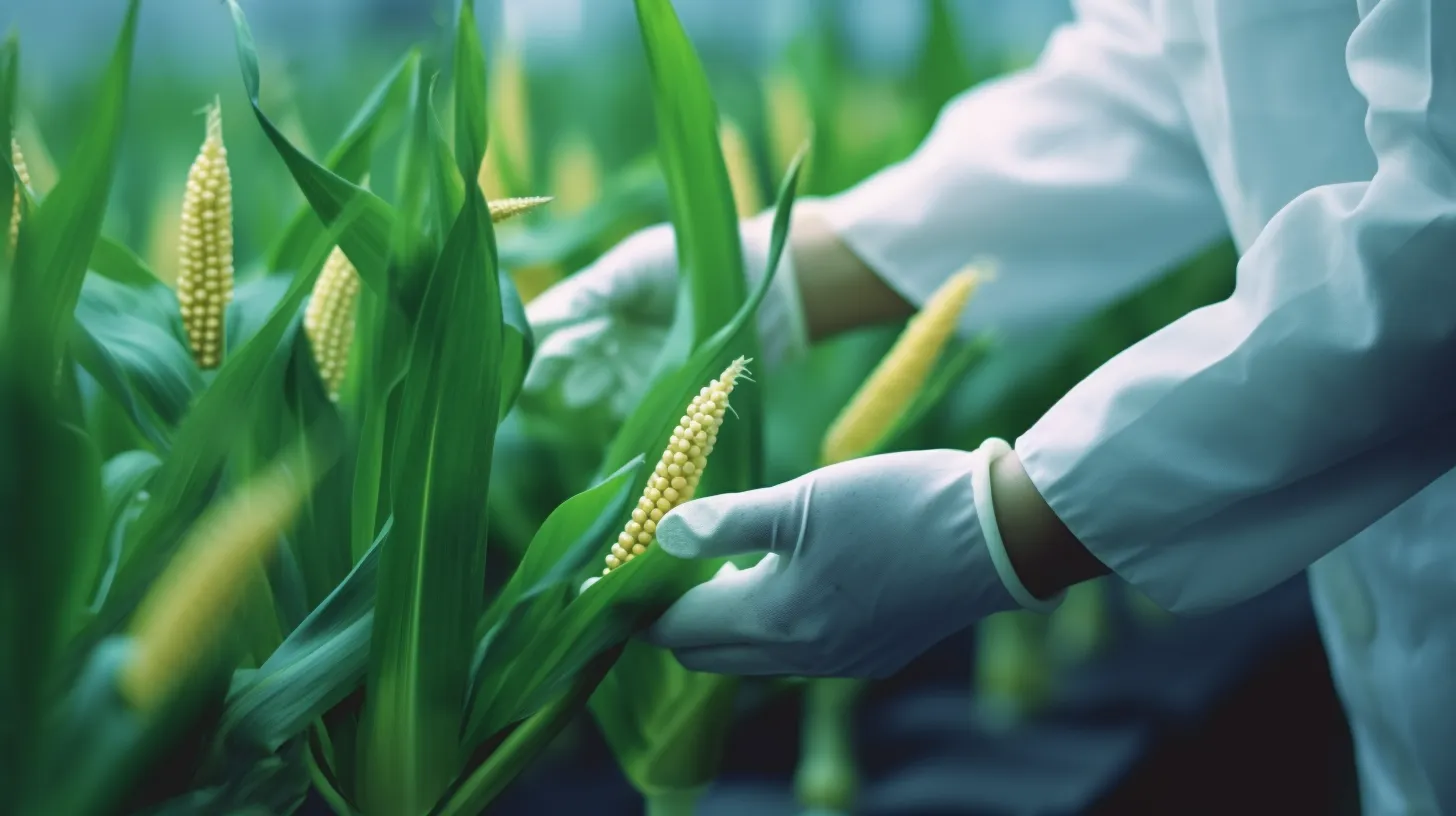
While the integration and acceptance of these technologies pose their own set of challenges, there’s no denying the transformative potential of these advancements in agricultural technology. As these technologies continue to develop and mature, the future of farming looks set to be more efficient, sustainable, and resilient than ever before.
Practical Applications of AgTech
AgTech has found various practical applications in the agricultural industry, so let’s explore some of these applications in more detail:
Farm Management Software
Farm management software is a valuable tool that is crucial for modern day farmers. It allows farmers to track crop growth, monitor weather conditions, and manage their farming operations effectively. This advanced solution has revolutionized modern farming and paved the way for agricultural success.
Benefits of Farm Management Software:
-
- Optimized performance and productivity: By providing a centralized platform for managing farm operations, farmers can streamline their workflow and improve productivity.
- Improved decision-making through real-time data analysis: By analyzing data in real-time, farmers can make informed decisions about crop management, resource allocation, and other critical factors.
- Better financial management through tracking of expenses and revenue: By tracking expenses and revenue in real-time, farmers can accurately measure the profitability of their operations and adjust their strategy accordingly.
Examples of Farm Management Software:
-
- AgriWebb: A cloud-based platform focused on helping farmers track and manage their livestock.
- FarmLogs: A web-based platform in the agriculture sector that assists farmers in tracking crop growth, managing operations, and analyzing data in real-time.
- Granular: A web-based platform that allows farmers to manage their agriculture operations and track expenses effectively.
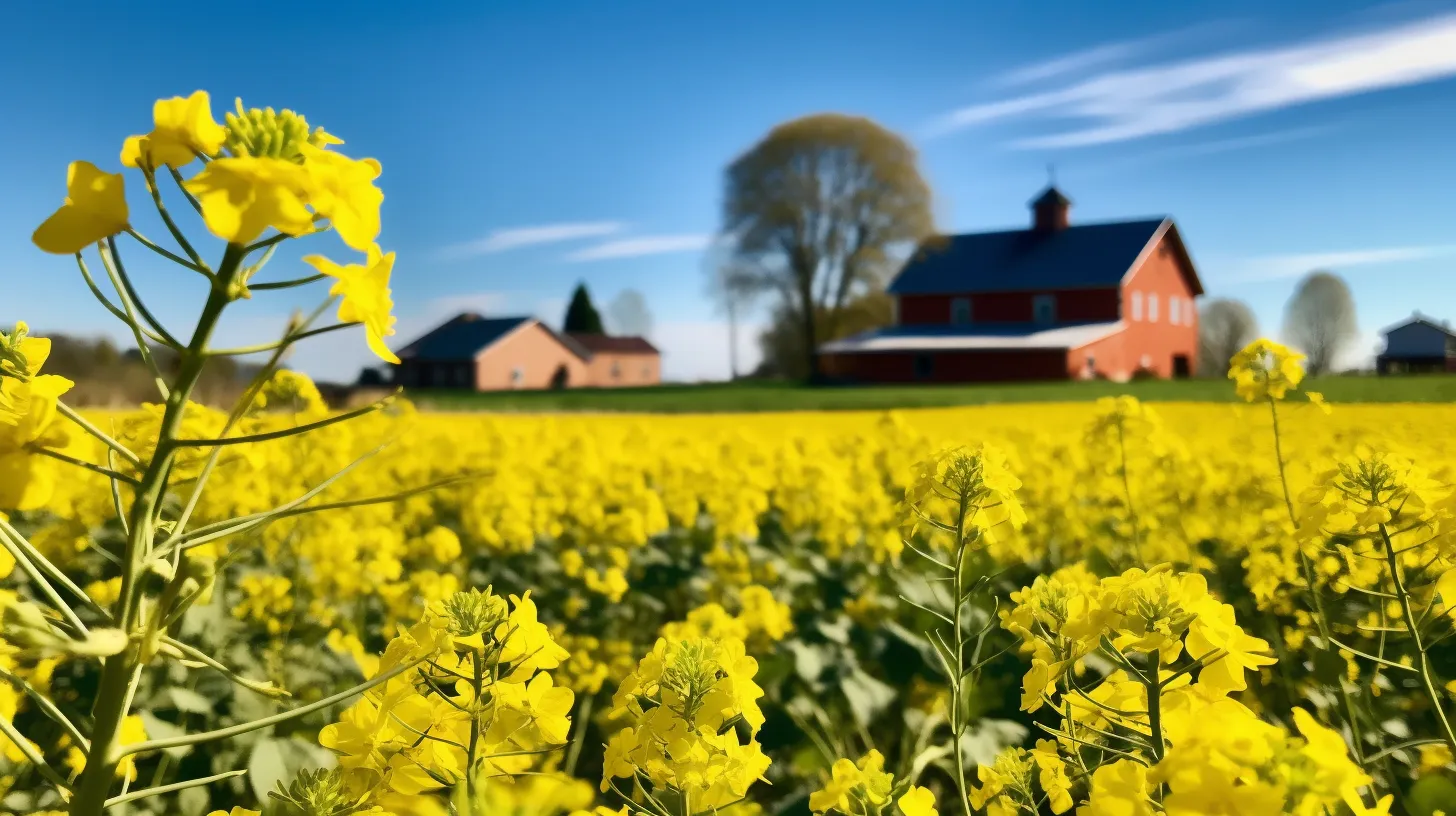
Supply Chain Management
Supply Chain Management plays a crucial role in the world of innovative agricultural technologies. It involves the management of the flow of goods and services from the point of origin to the point of consumption.
Advantages of Supply Chain Management Solutions:
-
- Enhanced operational effectiveness: By optimizing the supply chain, farmers can reduce waste, streamline their operations, and improve productivity.
- Improved traceability and accountability: By tracking products from seed to sale, farmers can ensure product safety and quality while meeting regulatory requirements.
- Better quality control and product safety: By managing the supply chain effectively, farmers can ensure that their products meet the highest standards of quality and safety.
Examples of Supply Chain Management Platforms:
-
- Agrian: A cloud-based platform that enables farmers to manage their supply chain from seed to sale.
- AgriChain: A blockchain-based platform that assists farmers in tracking their products from farm to fork.
- Agrivi: A web-based platform that allows farmers to manage their supply chain, track expenses, and analyze data in real-time.
Soil & Crop Monitoring
Soil & Crop Monitoring is a critical component of modern agricultural technology utilizing advanced techniques that go beyond traditional laboratory soil testing and analysis. These monitoring products and services enhance the assessment of variables such as climate change, soil quality, crop growth, and other factors affecting crop yield year-over-year.
Benefits of Soil & Crop Monitoring Technology:
-
- Increased knowledge and productive capabilities: By monitoring crop growth and soil conditions, farmers can optimize their use of resources and improve crop yields.
- Improved decision-making through real-time data analysis: By analyzing data in real-time, farmers can make informed decisions about irrigation, fertilization, and other critical factors.
- Reduced costs through more efficient use of inputs: By monitoring soil conditions and crop growth, farmers can optimize their use of inputs such as water, fertilizer, and pesticides.
Examples of Soil & Crop Monitoring Solutions:
-
- Arable: A platform that utilizes sensors to monitor crop growth, weather patterns, and other factors, assisting farmers in assessing soil quality.
- CropX: A cloud-based platform that uses sensors to monitor soil conditions, eliminating the need for monotonous soil sampling and testing processes.
- RhizeBio: We’re an AgTech platform using metagenomics to provide farmers and agronomists with actionable, real-time plant & soil data. With RhizeBio technology, farmers can utilize advanced DNA soil testing services, identify optimal biological inputs, track soil biodiversity, and implement transformative farming practices at scale with precise, informed recommendations.

These applications of AgTech have revolutionized the agriculture industry, providing farmers with essential tools and insights to improve their decision-making processes, ensure food safety and quality, as well as reduce costs through optimized input recommendations.
Key Takeaways for Farmers and AgTech Specialists
As farmers and agronomists navigate the world of agricultural technology, here are some valuable insider tips and key takeaways to consider:
- Understand your goals and challenges: Clearly define your operational goals and specific challenges before consulting AgTech solutions. This will help you determine which technologies align with your needs.
- Start with simpler solutions: Begin with implementing AgTech solutions that seamlessly integrate with your existing systems and processes. This allows for easier adoption and integration into your farm operations.
- Seek trusted providers and specialists: Work with reputable AgTech providers or specialists who can offer guidance and support throughout the implementation process. Choosing the right partner ensures successful implementation and ongoing support.
- Measure and analyze impacts: While exploring innovative technological solutions, it is important to measure and analyze their impacts on your operations. Regularly assess the effectiveness and compatibility of AgTech solutions to make necessary adjustments for continuous improvement.
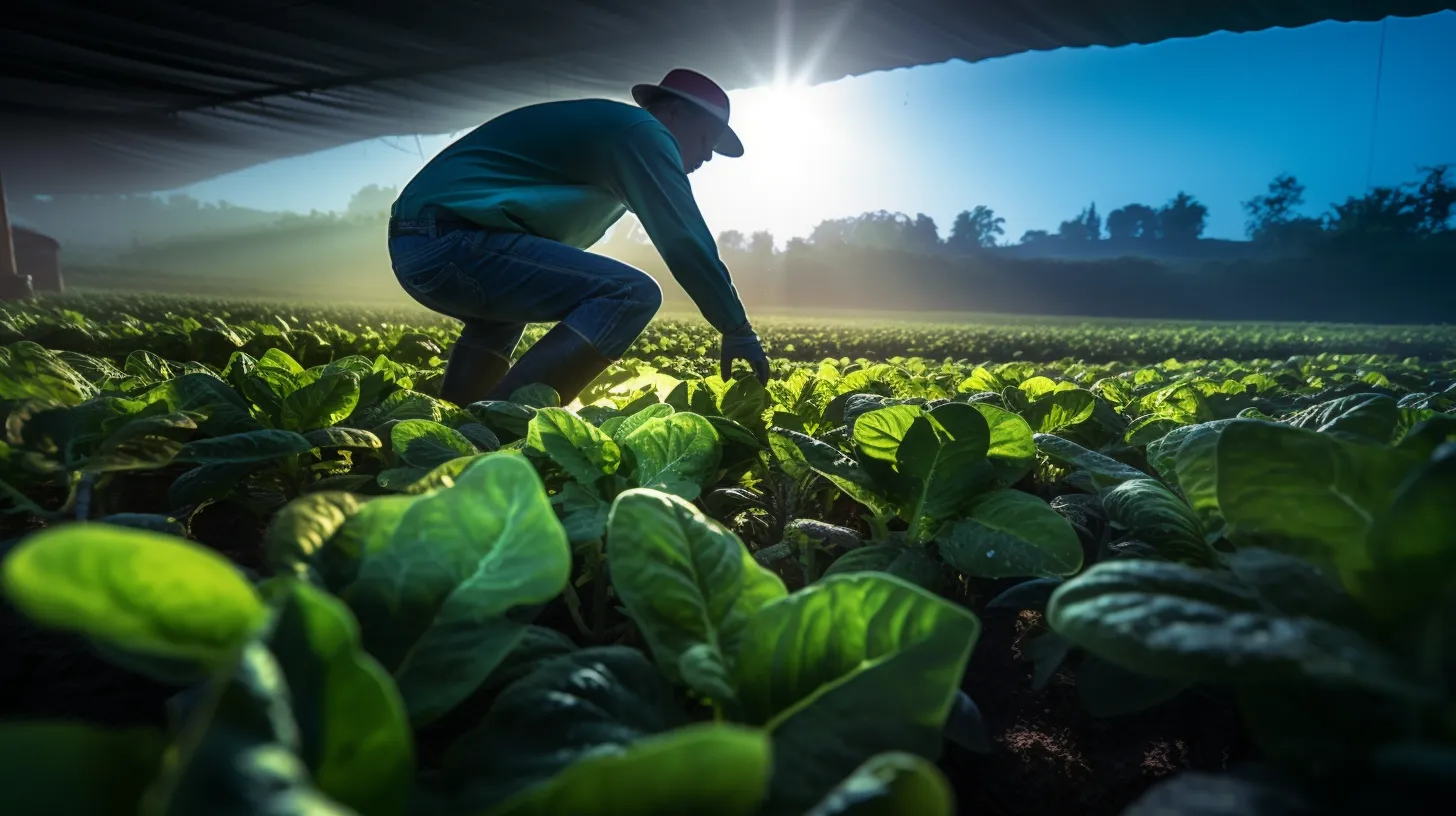
By following these insider tips and staying up-to-date on the latest advancements in AgTech, farmers and stakeholders in the agriculture industry can maximize the benefits of agricultural technology and drive progress to ensure a prosperous future for farming.
Tech Innovations in Agriculture: A Glimpse of What’s to Come!
Looking ahead, the future of AgTech holds even more transformative potential for the agricultural industry. Technologies such as machine learning, artificial intelligence (AI), blockchain, and mobile connectivity are expected to revolutionize agriculture in the coming years.
Machine Learning and Artificial Intelligence (AI) will play a substantial role in assisting farmers with the decision-making processes related to planting, harvesting, livestock management, and other standard practices. AI can also aid in early warning systems, notifying farmers about potential pest outbreaks and diseases. Blockchain technology will increase traceability and transparency in agriculture, enhancing product safety and quality control. From tracking plant health information to monitoring products as they move through the supply chain, blockchain technology will improve transparency and eliminate unethical practices. The advent of mobile connectivity technologies will enable real-time data analytics and decision-making in agriculture. This connectivity will enhance communication between farmers, customers, and distributors, enabling informed decisions and optimizing the supply chain.
Conclusion & FAQs
In conclusion, agricultural technology (AgTech) has revolutionized the agricultural industry by enhancing productivity, sustainability, and crop quality. Precision agriculture, smart farming, robotics and autonomous systems, and biotechnology are among the key innovations driving this transformation. With continued advancements and the integration of emerging technologies, the future of agriculture looks promising and poised for even greater achievements.
If you’re looking to unlock the transformative potential of AgTech, RhizeBio is where next-gen soil testing meets actionable insights for your farm. Reach out today and harness the power of metagenomics to revolutionize your agricultural practices.

Who benefits from AgTech solutions?
AgTech solutions benefit farmers, agricultural companies, consumers, supply chain and logistics, scientists and researchers, biotechnologists, policymakers, as well as investors and entrepreneurs supporting AgTech startups.
What is the purpose of AgTech?
The purpose of AgTech is to enhance agricultural productivity, optimize resource management, improve sustainability, promote supply chain efficiency, and enable data-driven decision-making.
How does AgTech help farmers?
AgTech helps farmers overcome operational challenges related to crop productivity, financing, and supplies. Farmers can boost their productivity, efficiency, and profitability while ensuring safe growing conditions for crops and reducing negative impacts on the ecosystem.
Who pays for AgTech solutions?
Farmers typically invest in AgTech solutions to improve their operations. However, agricultural companies, consumers, researchers, and policymakers also contribute to the adoption of innovative agricultural solutions.
What are the objections to AgTech adoption?
Objections to AgTech adoption may include concerns about cost, complexity, digital literacy, data privacy and security, limited connectivity, and a lack of expertise among the global population.
